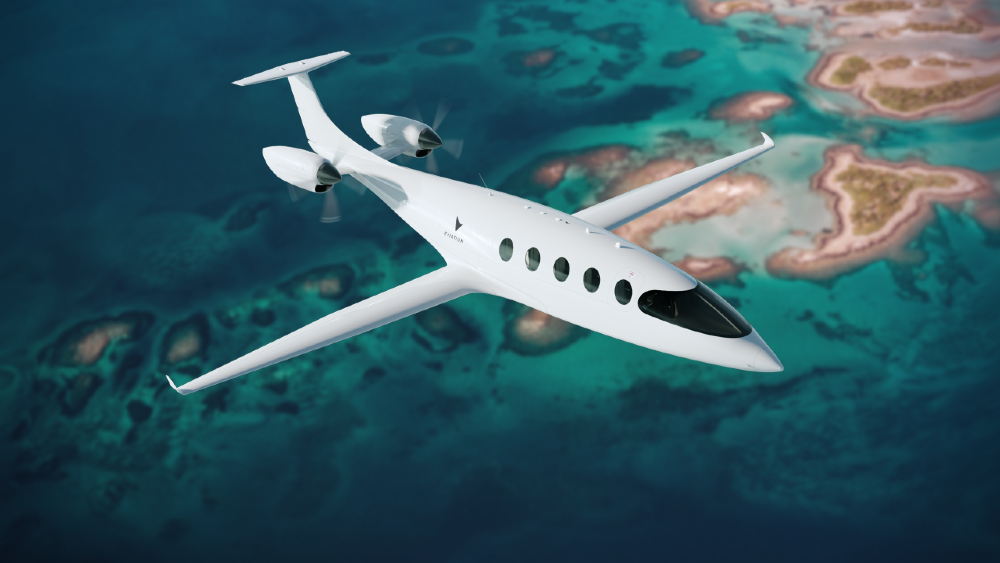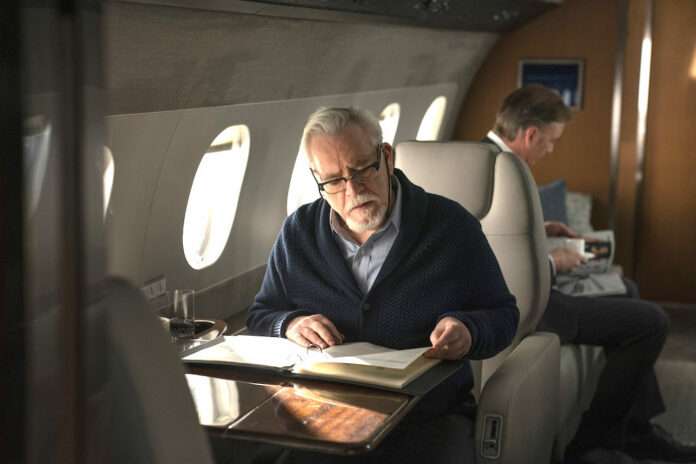Private jets are the ultimate status symbol for the rich and famous — and they are destroying the planet. But is there a way that celebs and CEOs can have their jets and fly them, too, without hurting the environment?
Private jets are the epitome of luxury. From Coachella to Burning Man and every must-attend destination in between, private jets are as essential as it-bags for A-listers, CEOs, Kardashians, and world-class athletes. Smaller than commercial planes, private jets can be outfitted with everything from kitchens to multiple bathrooms and comfortable beds. Without a doubt, they represent a lavish form of travel. But they are stained by one, major problem: emissions.
The impact of a private jet on the planet
In July 2023, the Spanish climate activist group Futuro Vegetal teamed up with Extinction Rebellion to douse a private jet at Ibiza Airport in black, pink, and yellow paint. One activist then held up a banner that read “Your Luxury = Our Climate Crisis.” Futuro Vegetal posted on social media: “The jets of the rich are a luxury we cannot afford.”
It’s no surprise that activists are targeting private jets. The planes might be small, but the emissions are off the charts. According to the European clean transport organization Transport & Environment, private planes are up to 14 times more polluting per passenger than commercial planes, and 50 times more polluting than trains.

To put this impact in perspective further, one private jet short-haul flight between New York City and Washington D.C. emits more than 7,900 pounds of CO2 per passenger, notes aviation news platform Simple Flying. The same distance in a commercial plane is around 174 pounds of emissions. On a train, it’s seven pounds.
Despite this, private jet use is actually rising. In fact, in May 2023, one report by the Institute for Policy Studies suggested that private jet sales are likely to reach their highest point ever this year. It also noted that private jet emissions have increased by more than 23 percent since the start of the pandemic. This, even though the number of people who can afford to use private jets is incredibly small — they represent less than one percent of the global population, and include people like Elon Musk, Taylor Swift, and Jeff Bezos for example. In 2022, Musk took 171 flights on a private jet and was responsible for more than 2,110 tons of carbon emissions.
Can private jets ever be good for the environment?
Most of the people who use private jets do so because they are convenient, they are private (of course), they are far more comfortable than commercial flights, but also, they are, without a doubt, the ultimate status symbol. Kenny Dichter, the CEO of U.S. private aviation company Wheels Up, told the Guardian: “Once you take your first private flight, you don’t want to do anything else. The convenience, ease, and level of service are hard to top.”
But is there any way for the ultra-rich to indulge and respect the planet at the same time? Some jet companies are trying to make this happen. Airavat Aviation is a new jet venture by Transworld Group, for example, and has committed to planting trees for every private flight. But in truth, experts have warned that carbon offset schemes like this are far from a silver bullet for the aviation industry.
But there are other potential solutions. Eviation, an Israel-based plane company, is currently working on an all-electric private jet, called The Alice. Earlier this year, the nine-passenger aircraft took its first-ever eight-minute trip, which resulted in zero carbon emissions.

Eight minutes sounds like an unnecessarily short journey, and it is. But to many private jet users, quick trips are standard. Last summer, former boxer Floyd Mayweather flew from Henderson, Nevada to Las Vegas, for example, which took just ten minutes. And around the same time, reality TV personality and beauty CEO Kylie Jenner flew from Camarillo in California to Van Nuys, which took all of 17 minutes. So if these multi-millionaires and billionaires can get behind zero-emission aircraft with their funding, the industry could potentially progress rapidly, and their short leisure trips could be emission-free.
But in reality, the electrification of the aviation industry is far from becoming mainstream. So in the meantime, the ultra-rich may have to consider taking one for the team and start roughing it in first class on commercial planes. But also, there’s no getting away from it, we all need to take fewer flights in total, especially private jet users. As Alice Ridley, a spokesperson for the British nonprofit Campaign for Better Transport told the Guardian, “At the moment, there’s no way to reduce climate emissions from aviation other than flying less.”
Related on Ethos:


